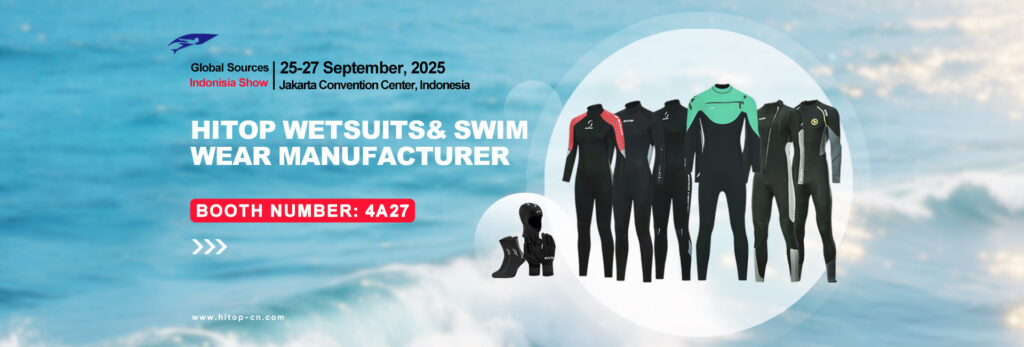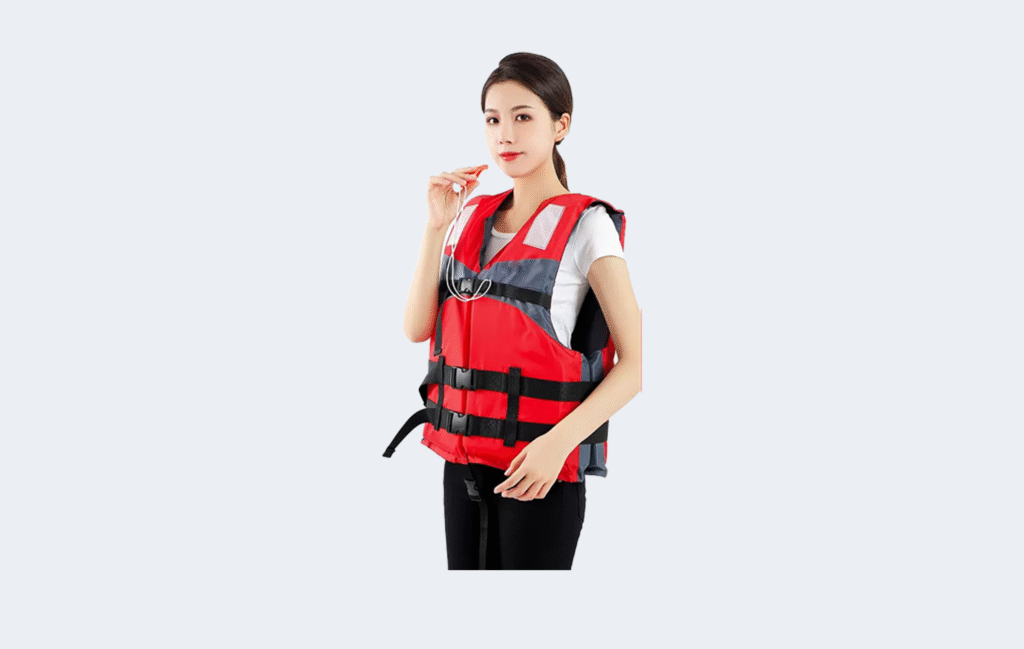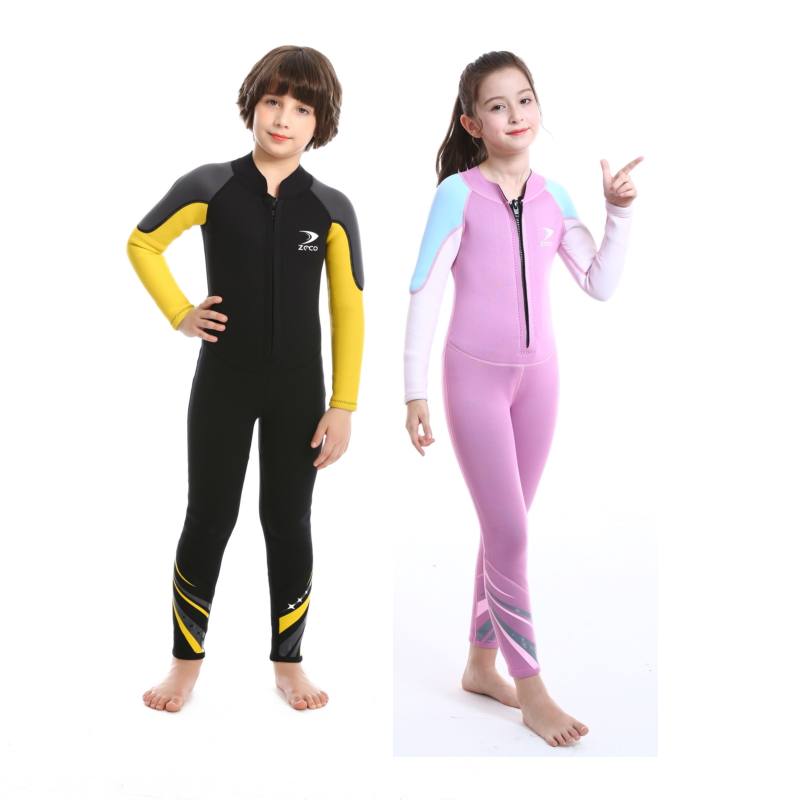09
Jun
The material composition and characteristics of Smooth skin diving suits
Smooth skin diving suits are mainly made of materials with waterproof, breathable, wear-resistant, and tear-resistant properties, including nylon, neoprene, and polyester fibers.
As professional diving equipment, the choice of materials for Smooth skin diving suits is crucial. This type of diving suit is mainly made of a series of high-performance materials to meet the special needs of divers in deep-sea environments.
Main materials of Smooth skindiving suits
Nylon: Nylon is a synthetic fiber with high strength and good wear resistance, and is often used in the fabric of diving suits. It has good waterproof properties and can effectively prevent seawater from penetrating while keeping the inside of the diving suit dry. In addition, nylon also has a certain degree of elasticity and softness, which makes the diving suit fit the body better and improves wearing comfort.
Neoprene: Neoprene...





